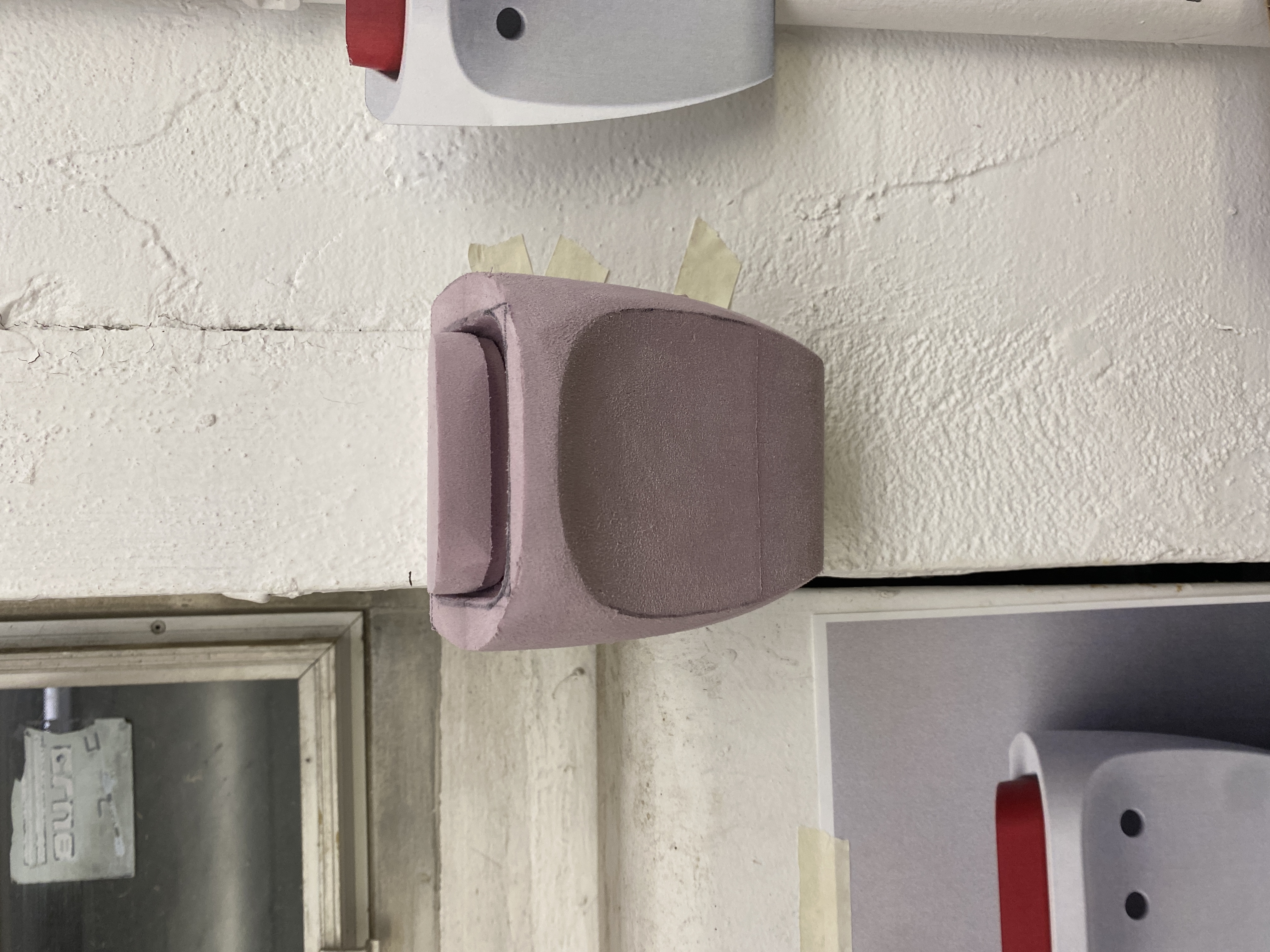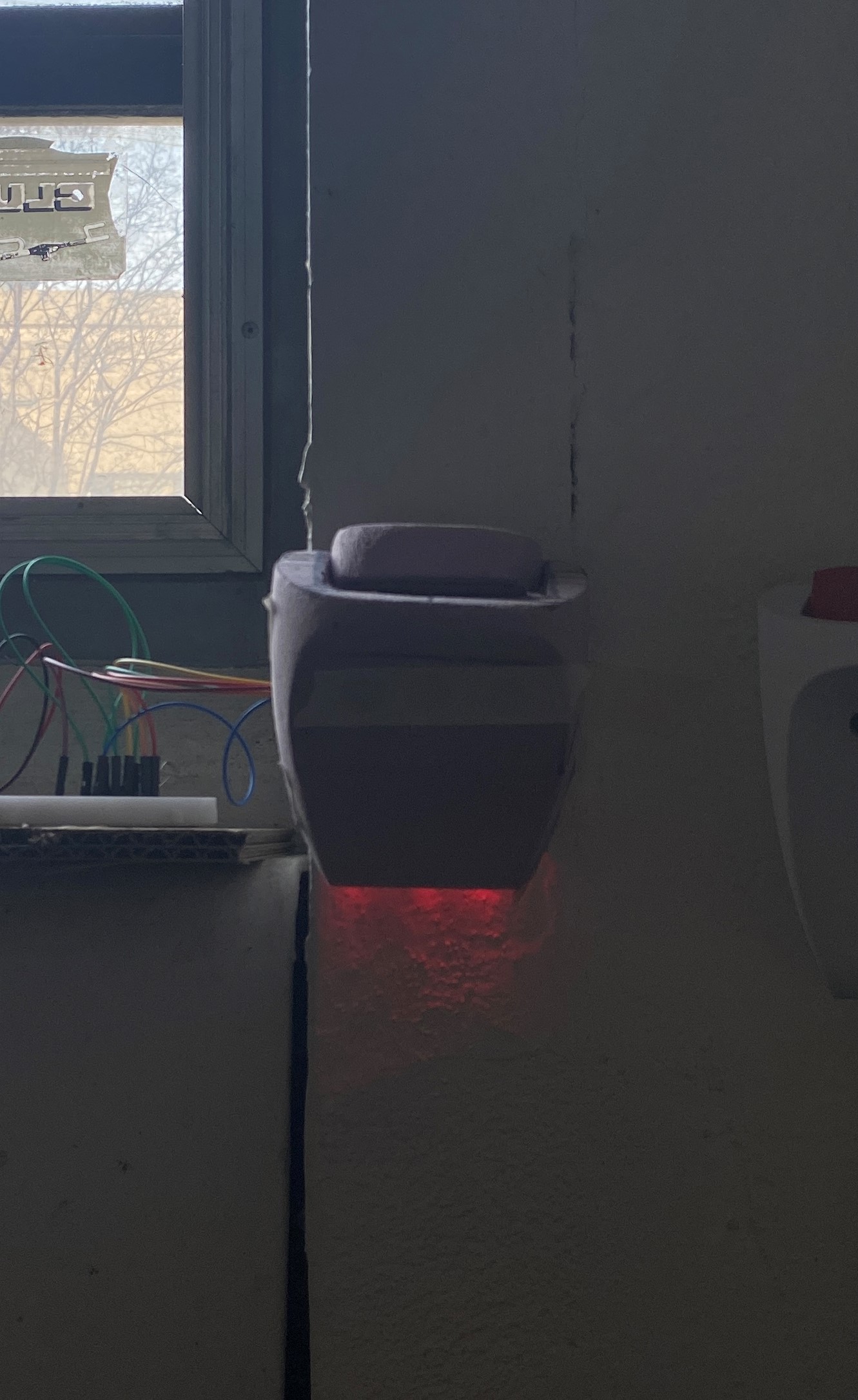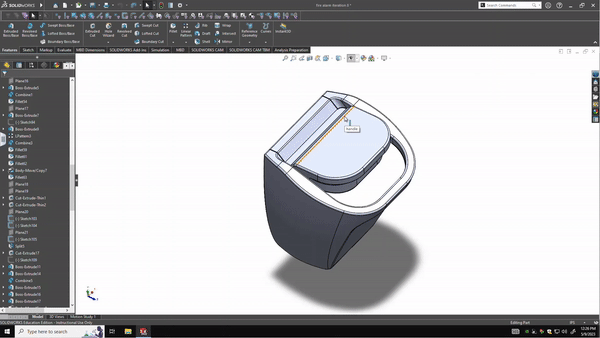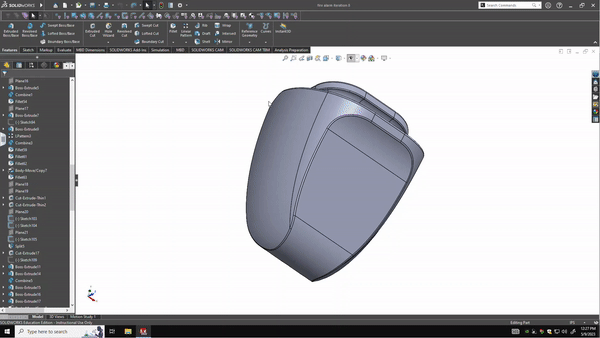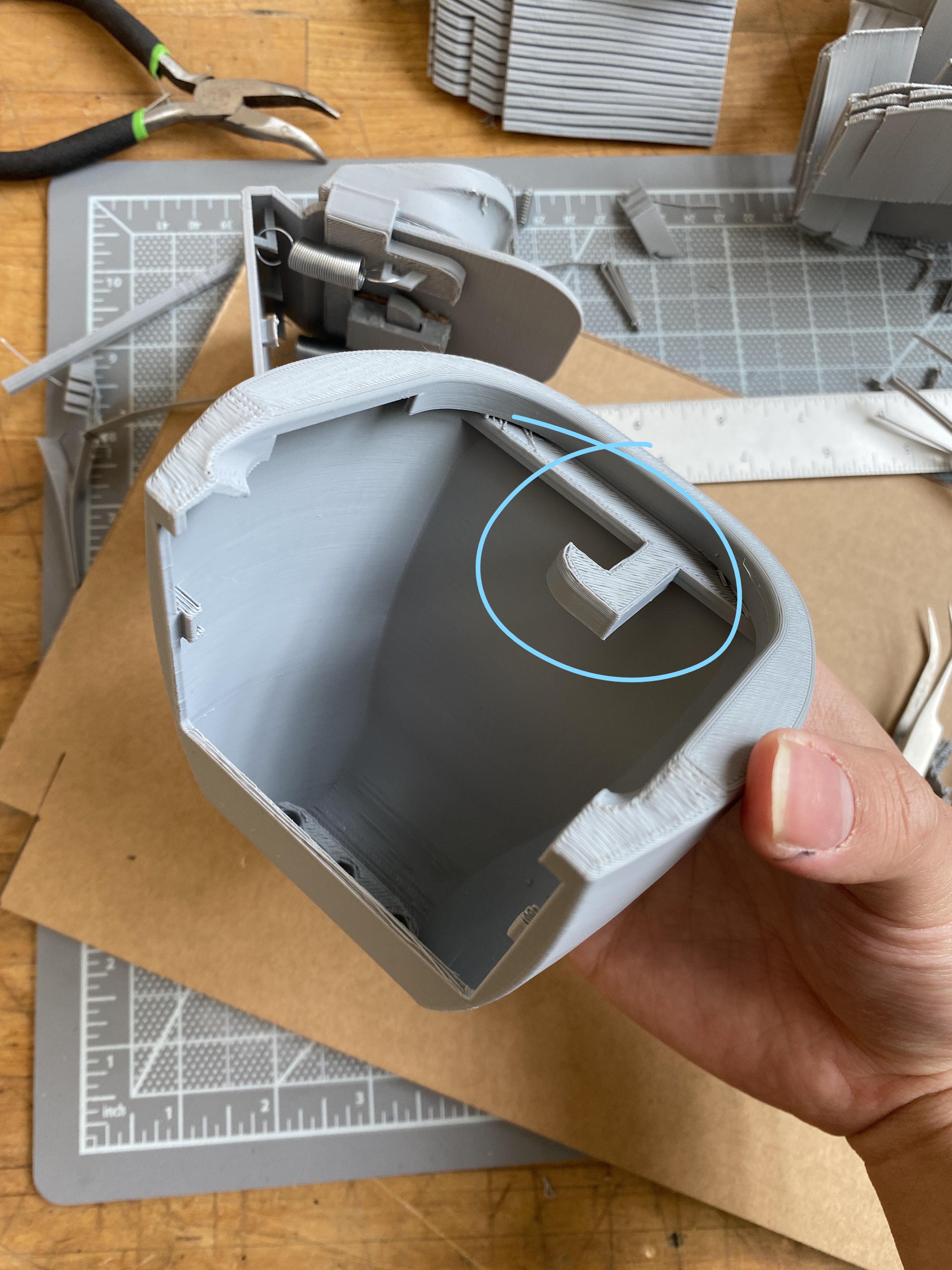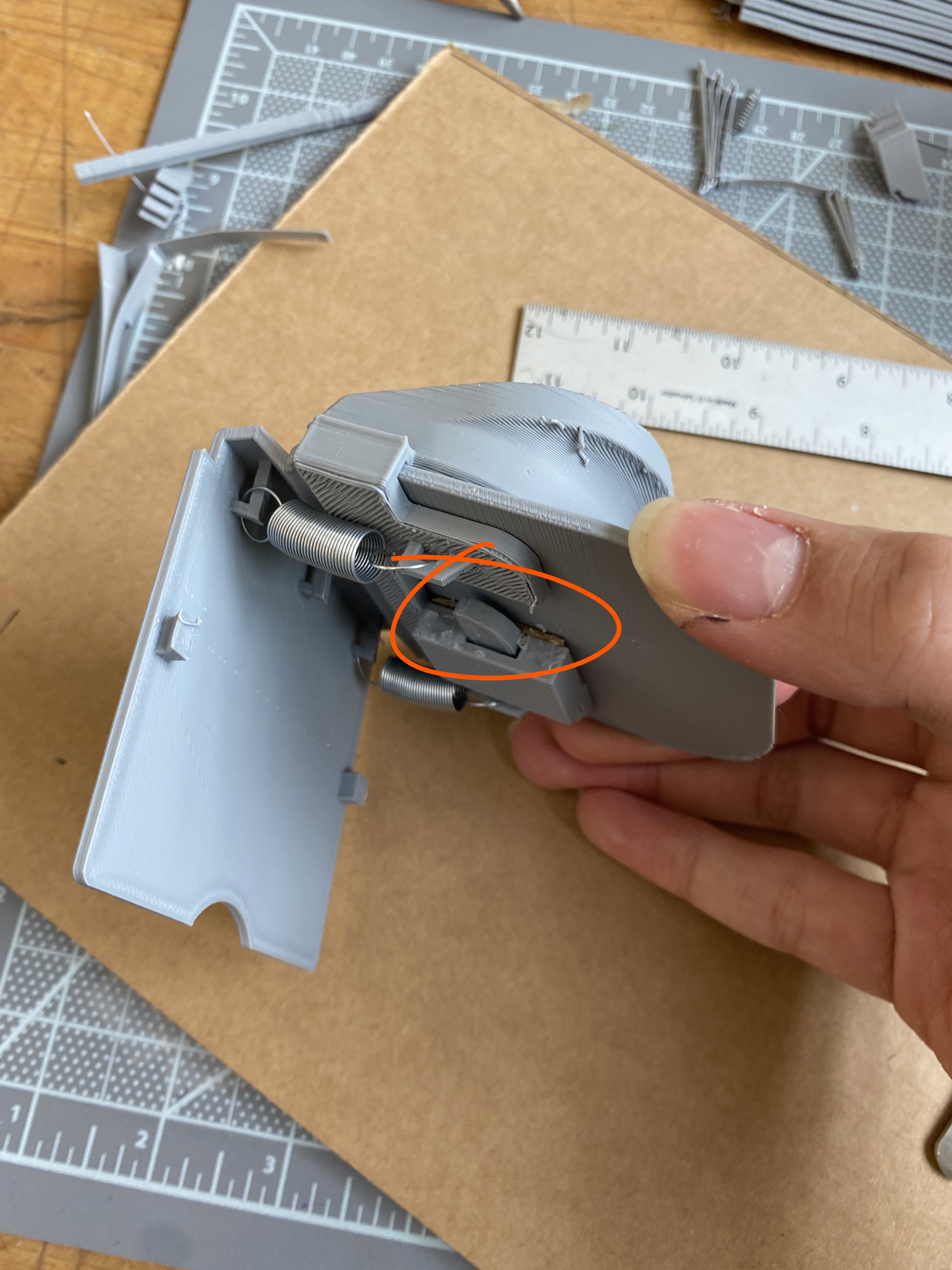How might we design a fire-alarm for kindergarten classrooms, that helps mediate the relationship between student and teacher?
[Description]
A fire-alarm designed for kindergarten classrooms, that discourages students from pulling the alarm.
[Tools & Processes]
Research via interviews & observations.
Prototyping via sketching, foam modeling, CAD & 3D printing.
[Duration]
4 weeks.
[Problem Space]
Kids reaally want to pull fire alarms...
At the beginning of this project, I took a tour of the Children’s Institute of CMU and talked to some of their teachers to understand where there might be opportunities to explore for this redesign. Among other things, I learned that kids pulling the fire alarm for fun/curiosity is a real concern. So much so that the teachers put a big bin underneath this alarm to deter them.
I also learned a lot about the procedures surrounding fire safety in a kindergarten, and the dynamics between teacher, child, and classroom during a real emergency. Given the opportunity to design specifically for the classroom, what are some things that should be taken into account?
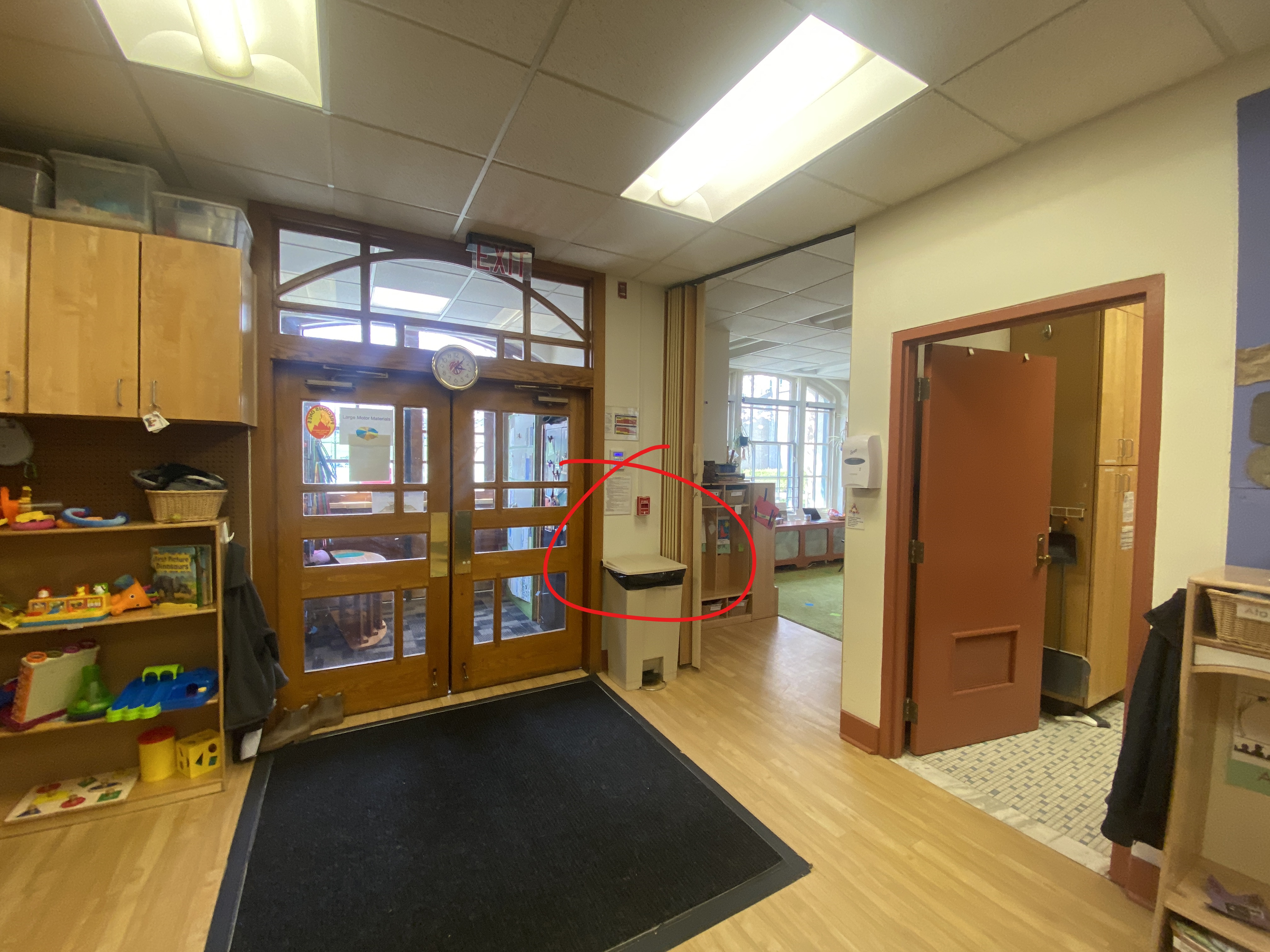
[Concept Development]
Mediating the relationship between child, teacher, and environment
The solution to detering children from pulling the fire alarm won't be simple as putting a big lock box over it. From the perspective of the teacher, the fire alarm should:
1. Require very low cognitive load to use. As soon as a fire is spotted and the alarm is pulled, teachers need to escort the children in a safe, orderly manner, which is an incredibly demanding task.
2. Compliment the teacher’s reinforcements and pose as a thing that is strictly ‘off-limits’.
From the perspective of the child, the fire alarm should:
1. Provide a sense of security. Not so guarded & prominent that it serves as a constant reminder for danger, but not so hidden & cryptic that it causes anxiety.
2. Calmly communicate when it’s been activated.
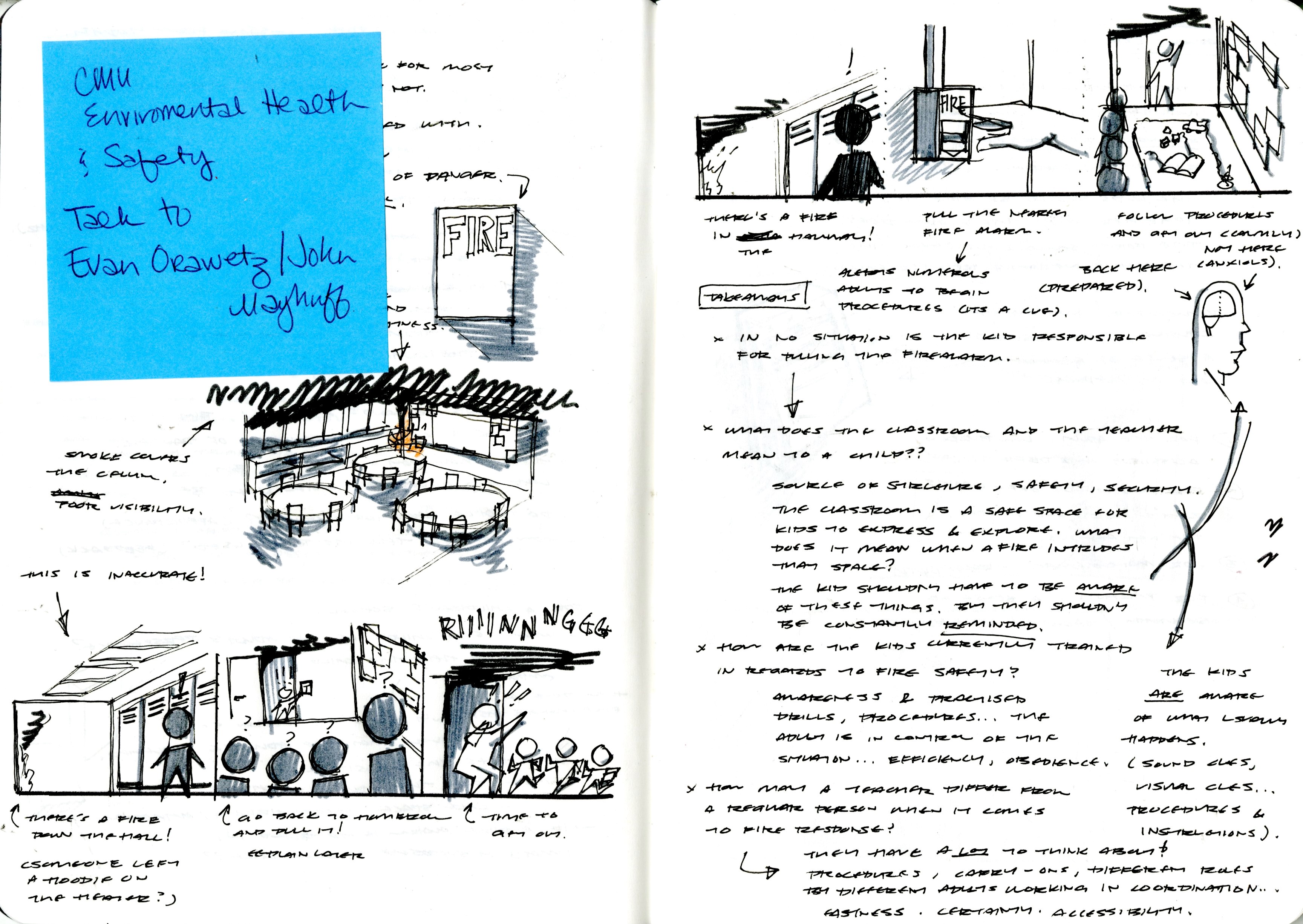
[Concept Development]
Initial Form Explorations
Through some sketches & prototyping, I decided on a shape that would loom slightly over a child’s head and hide the switch, but present it at an angle that is accessible to an adult. This not only makes the fire alarm easier to use, but it reinforces the alarm as ‘adult-only’ by way of height difference and form semanatics.
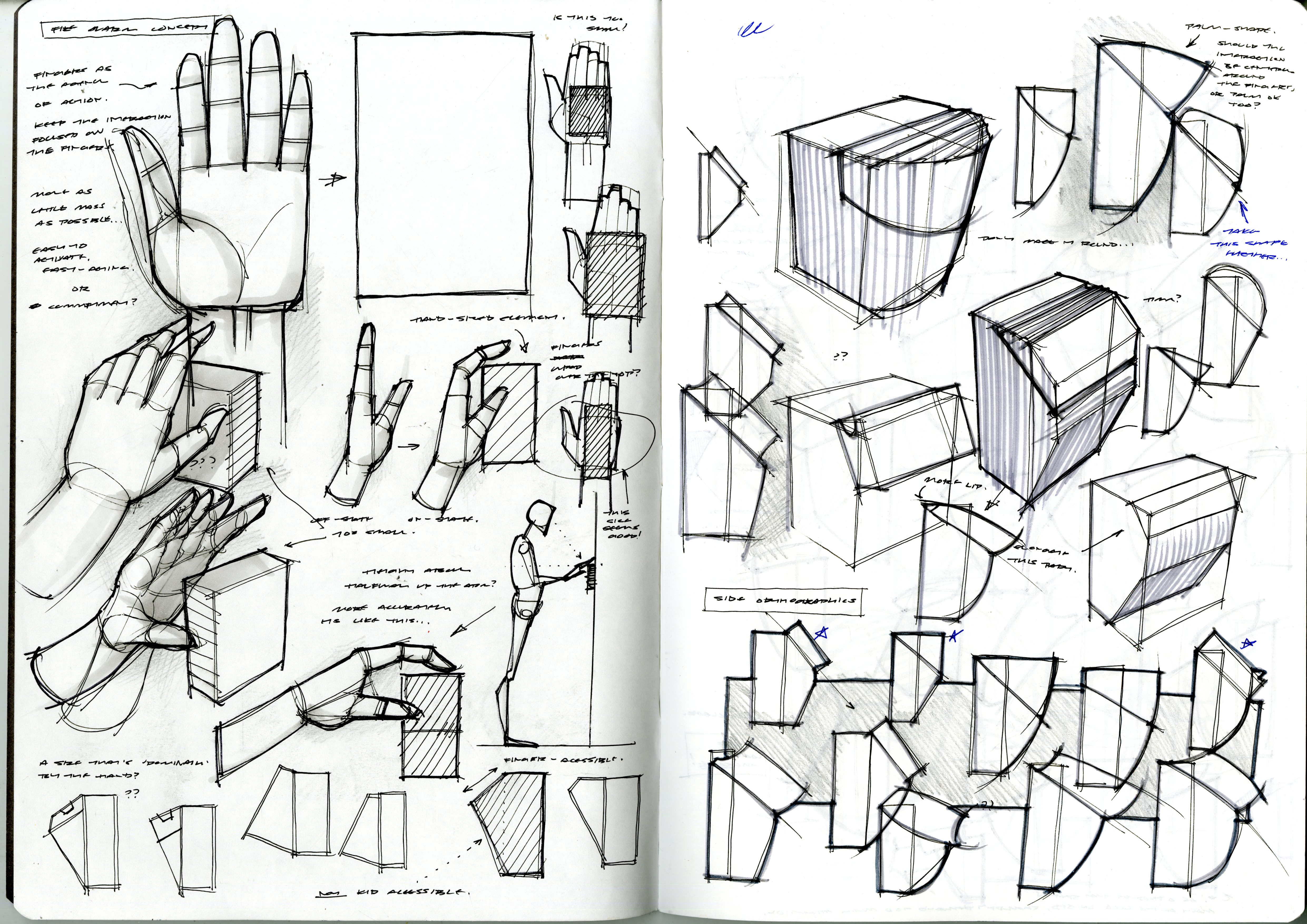
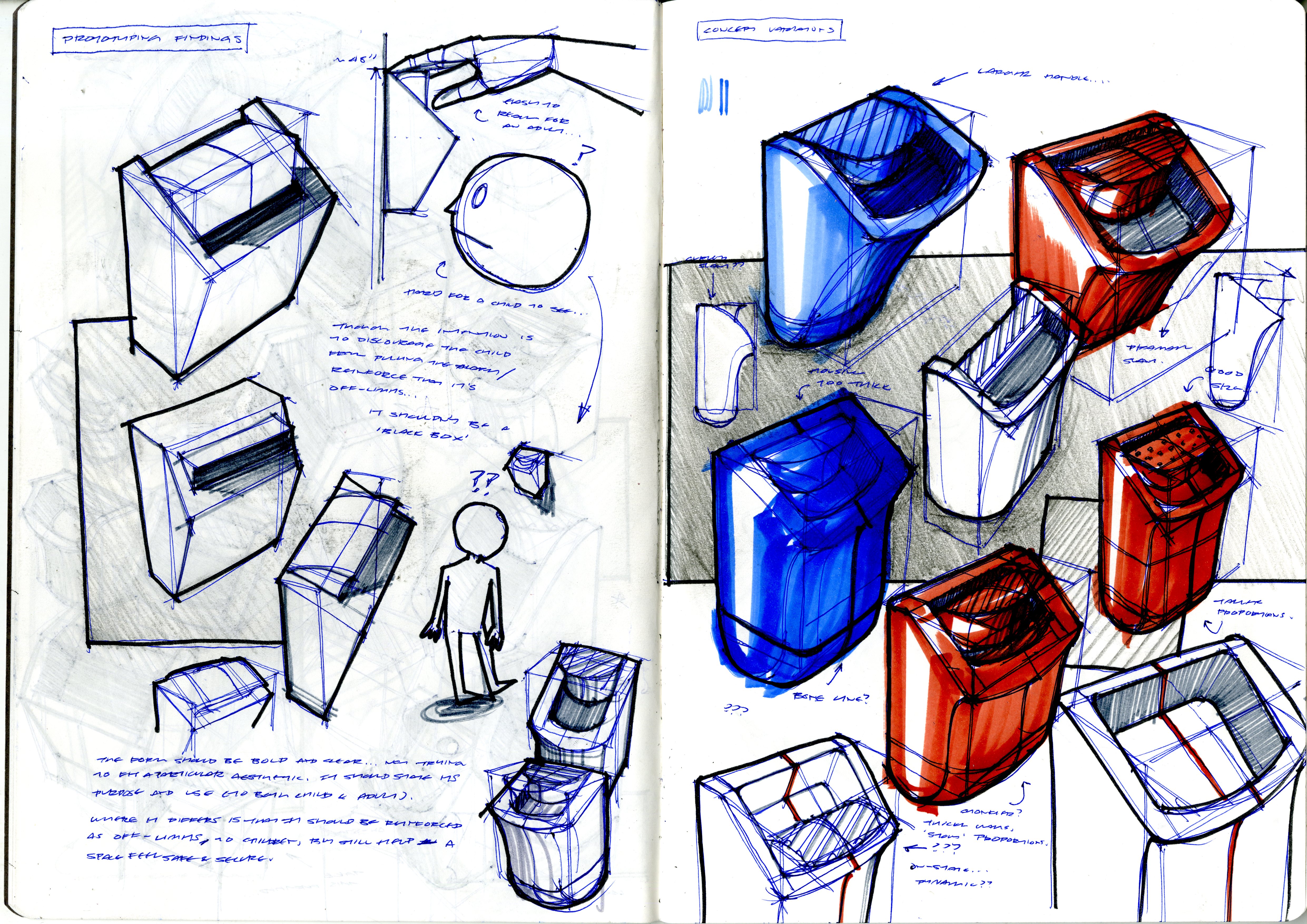
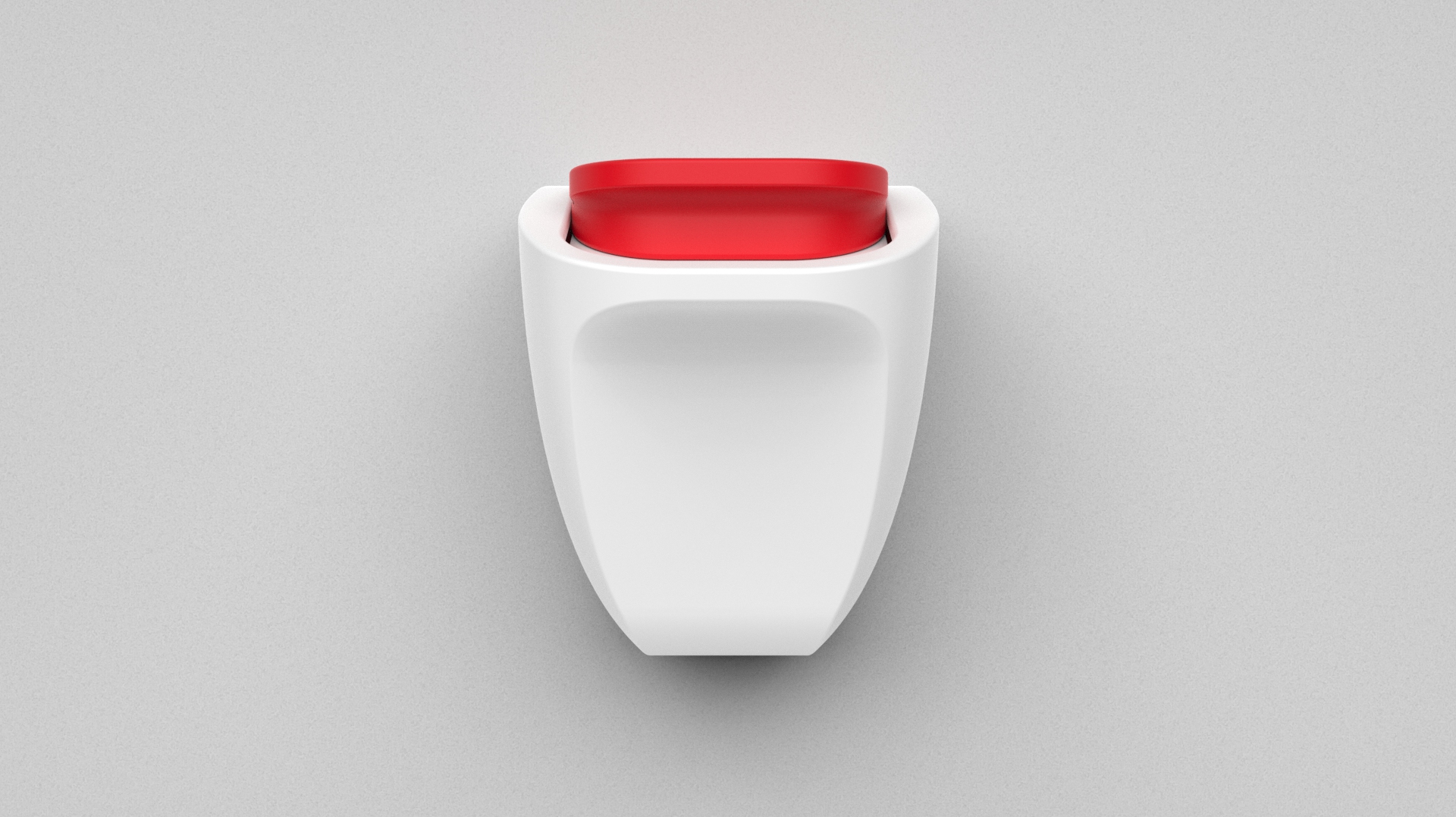
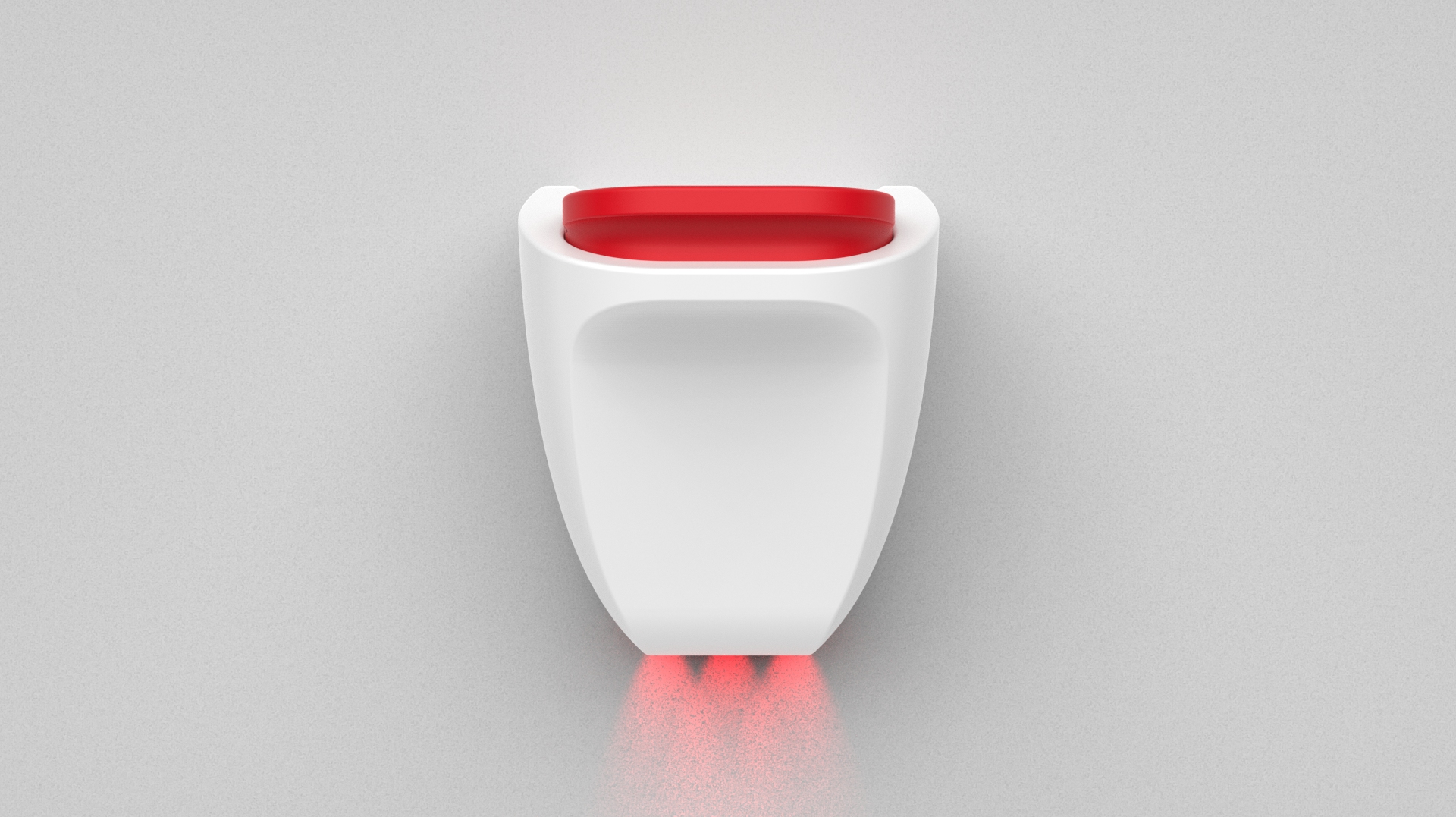
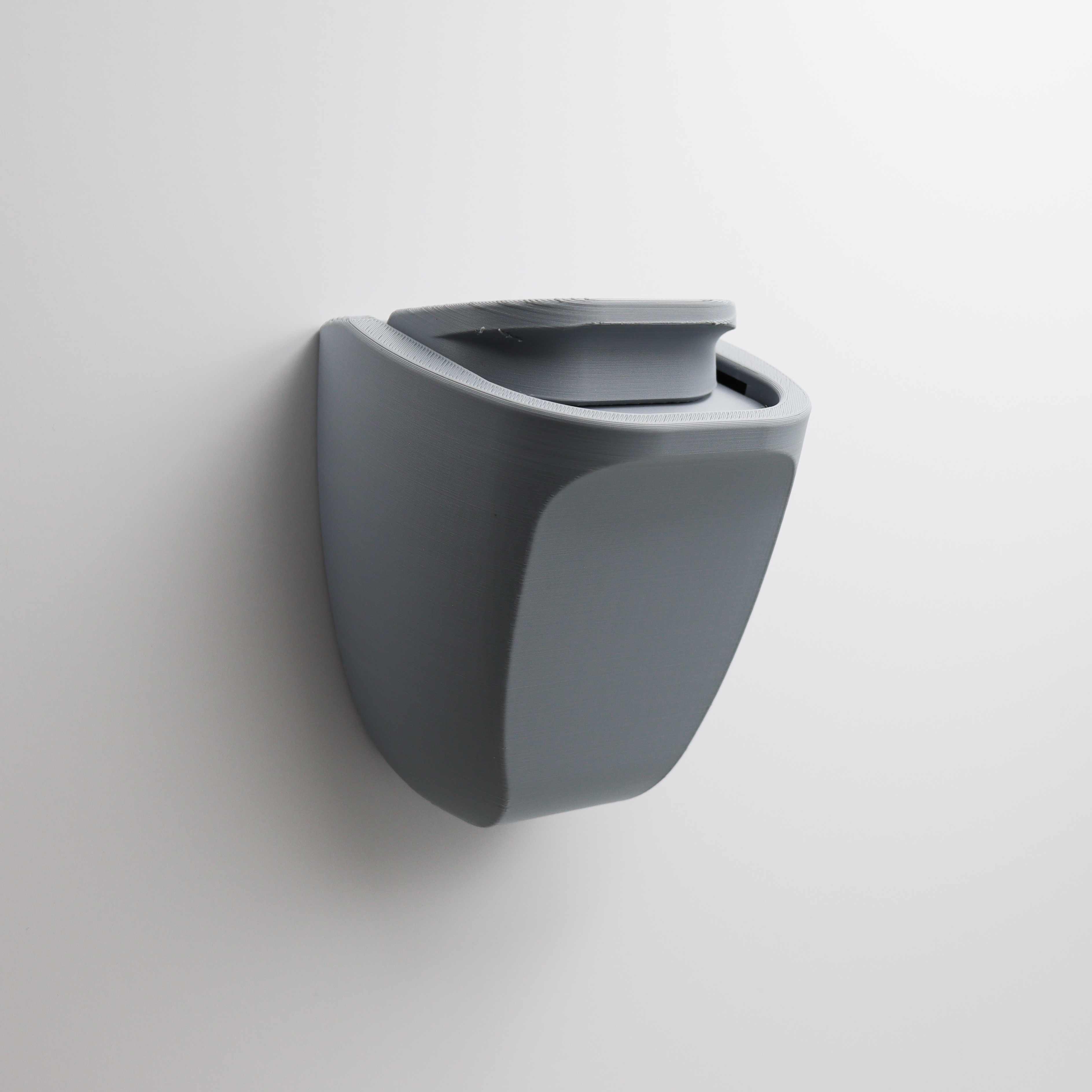
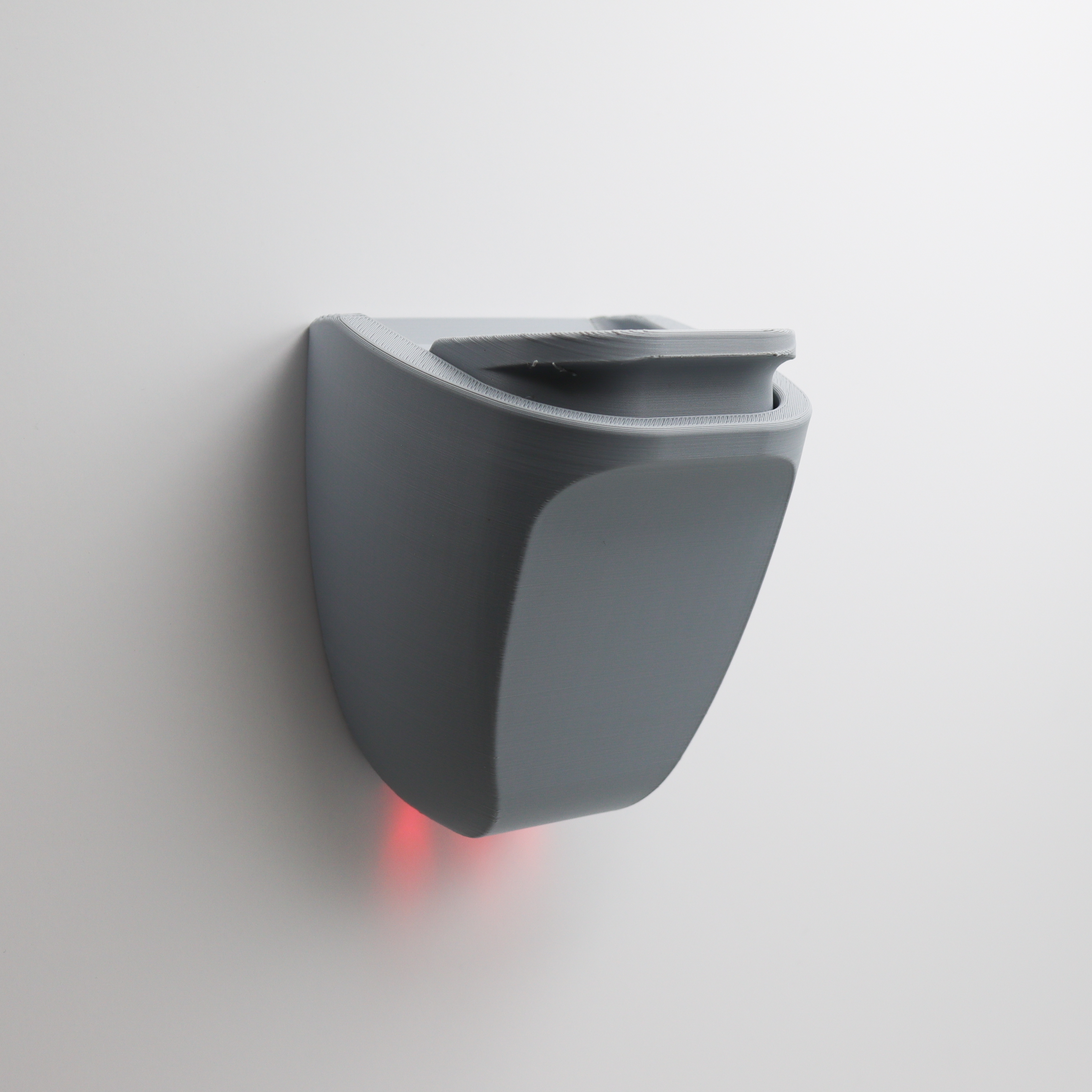
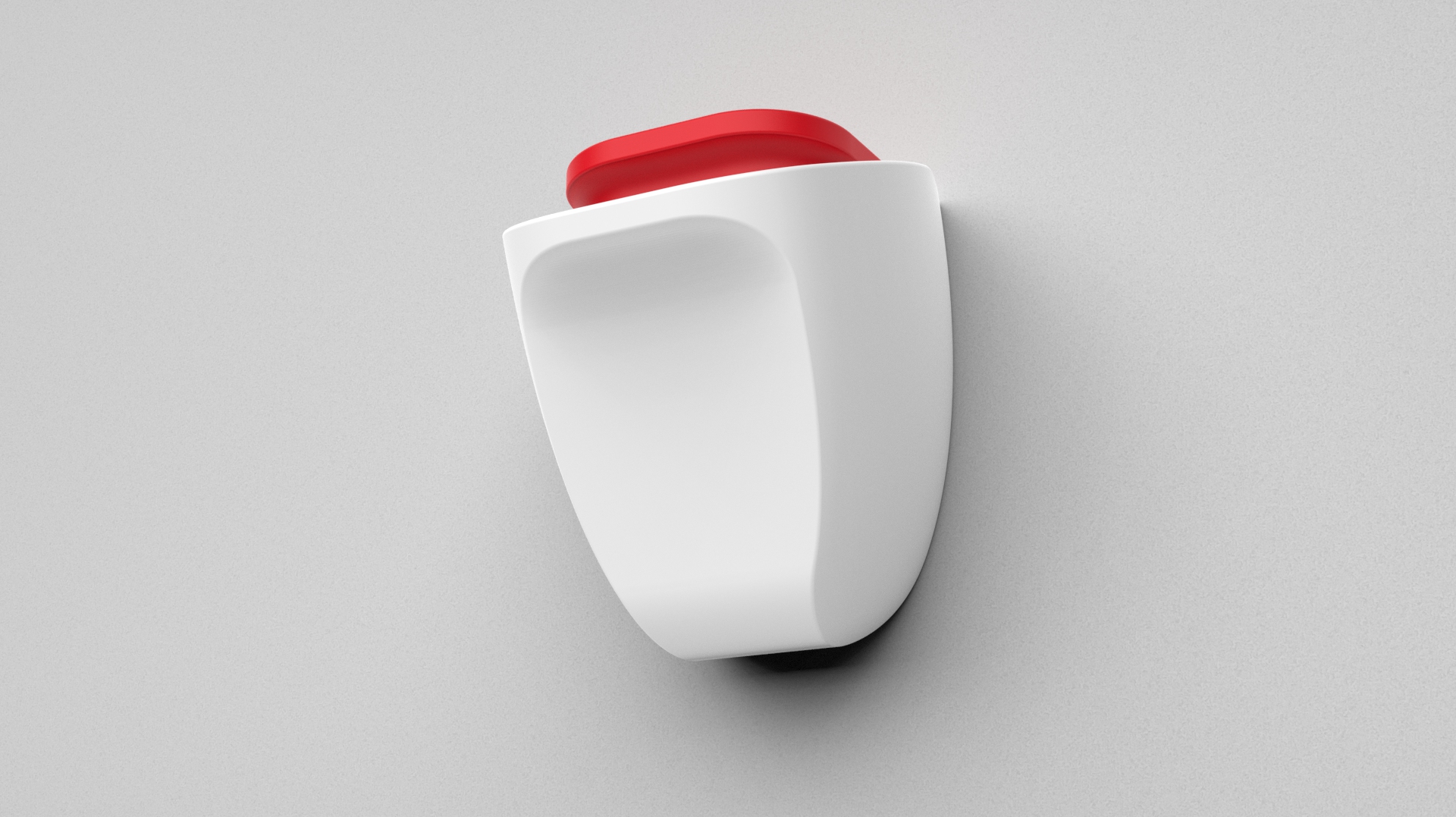
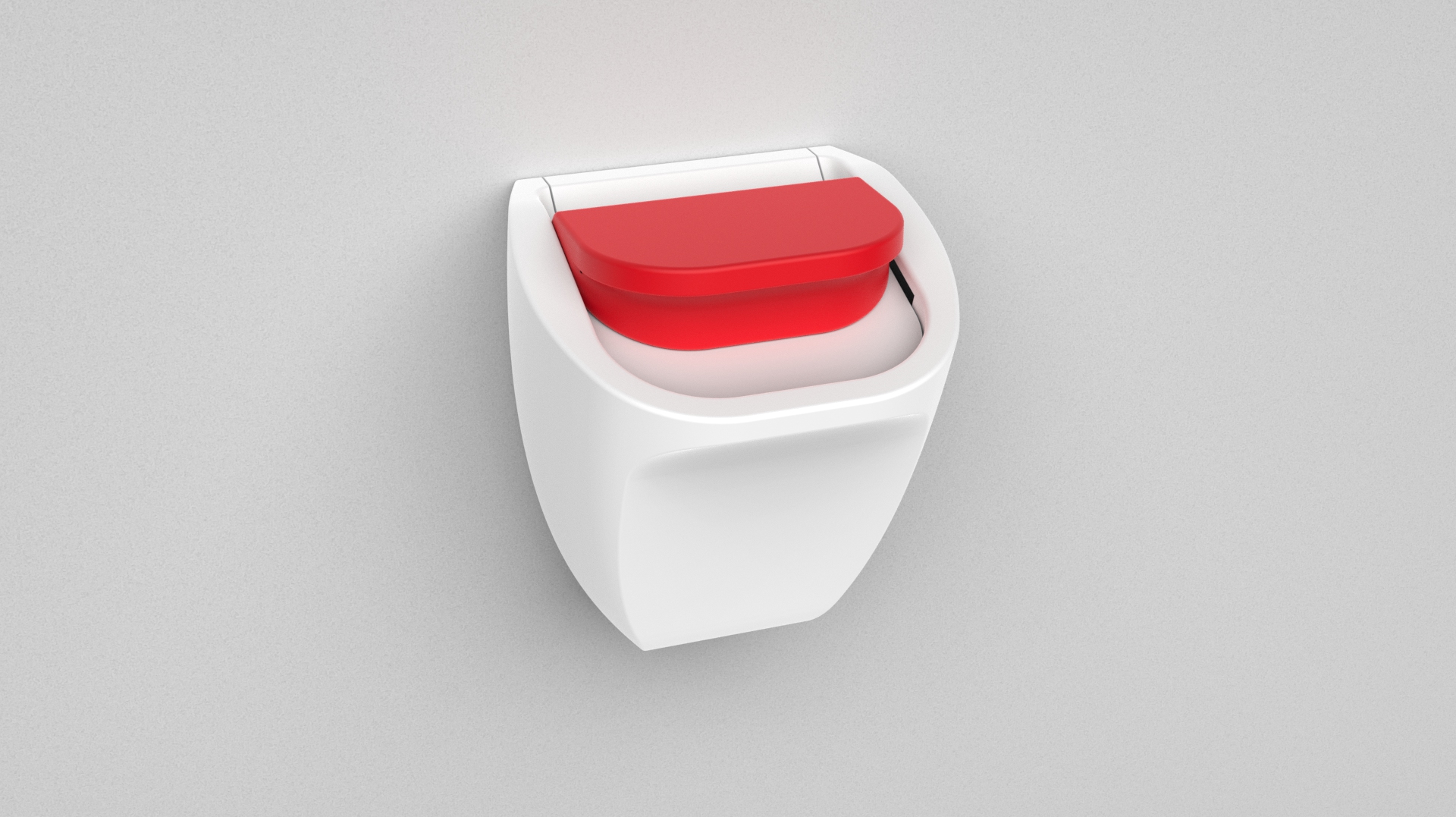
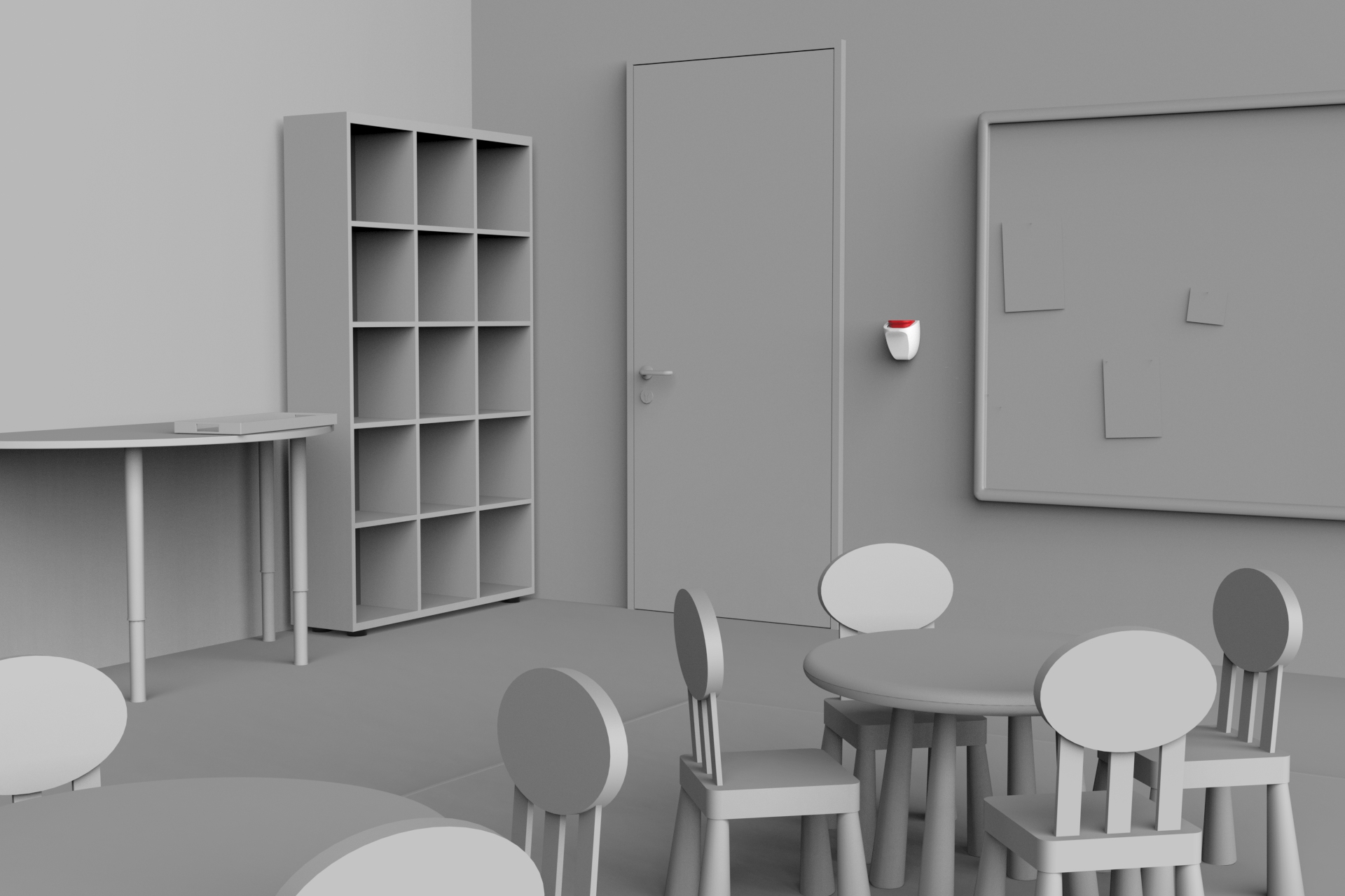











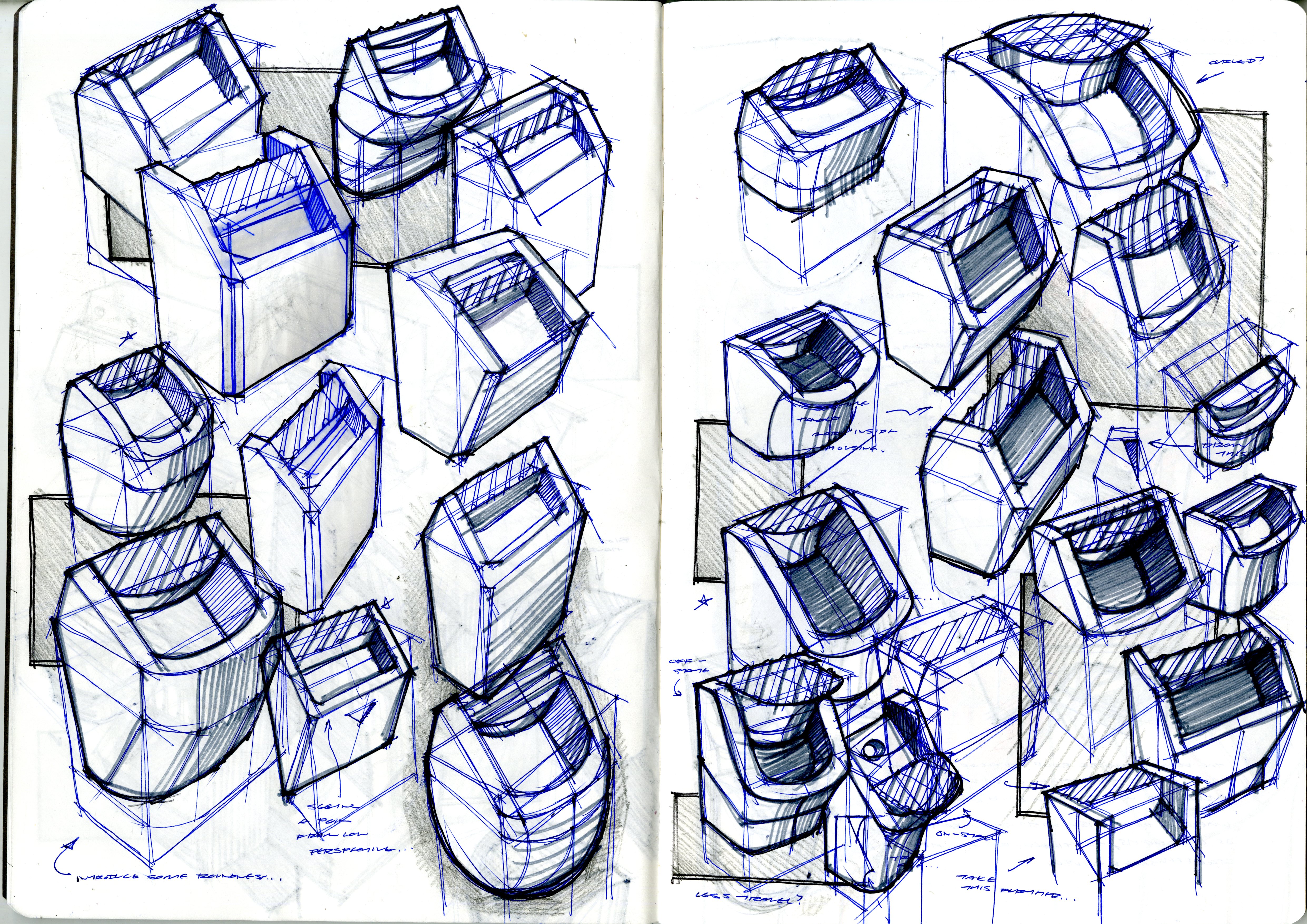
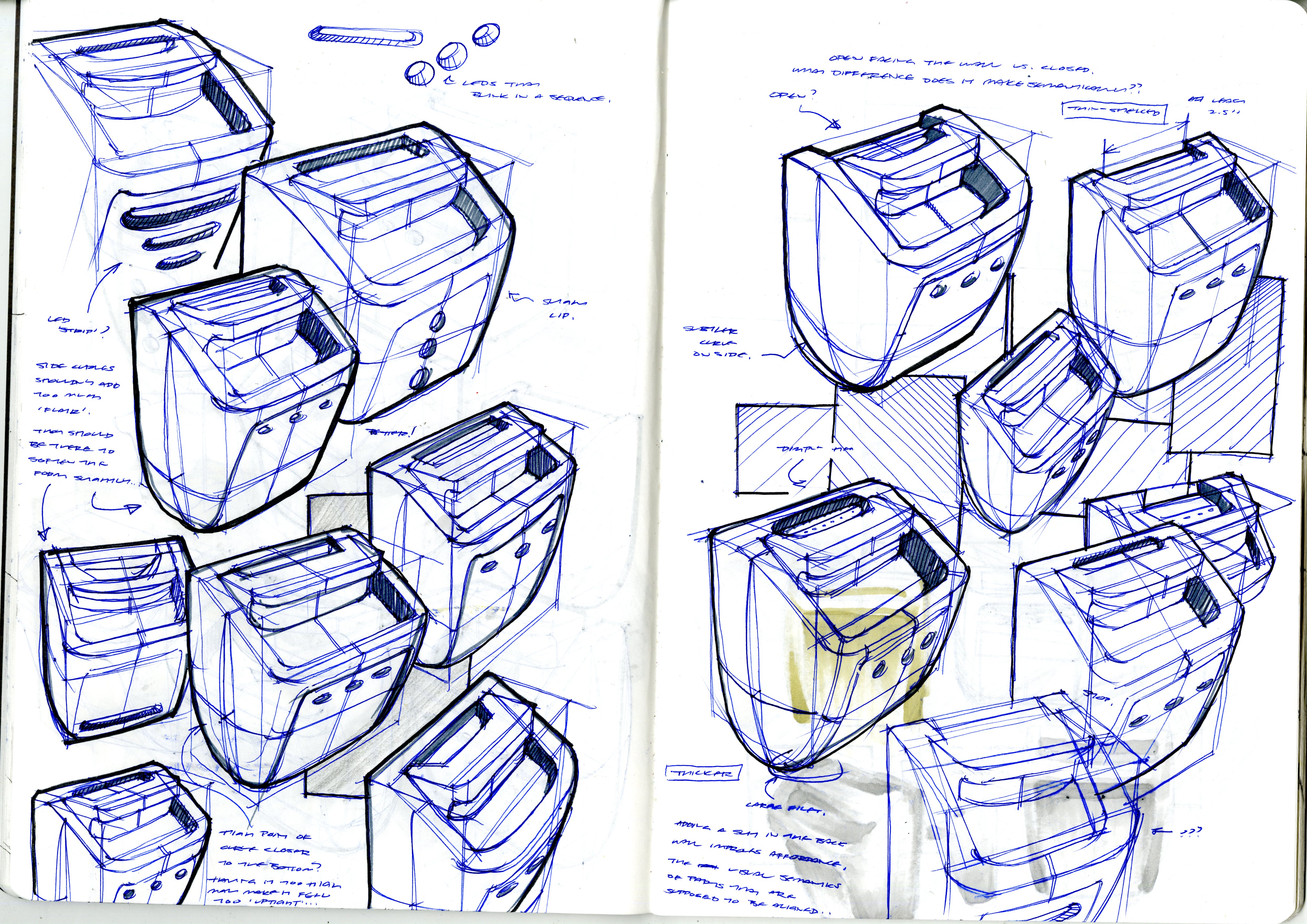
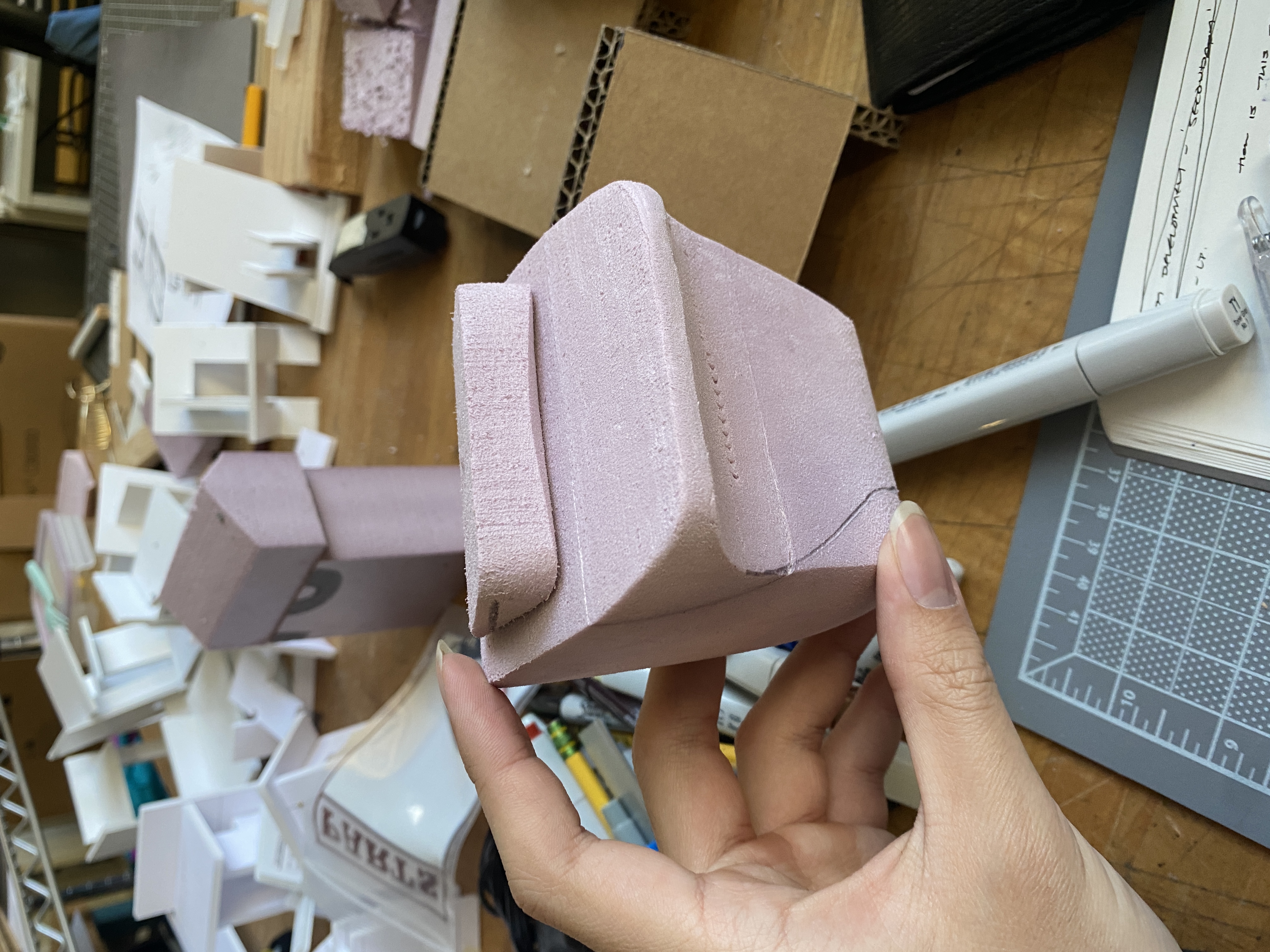
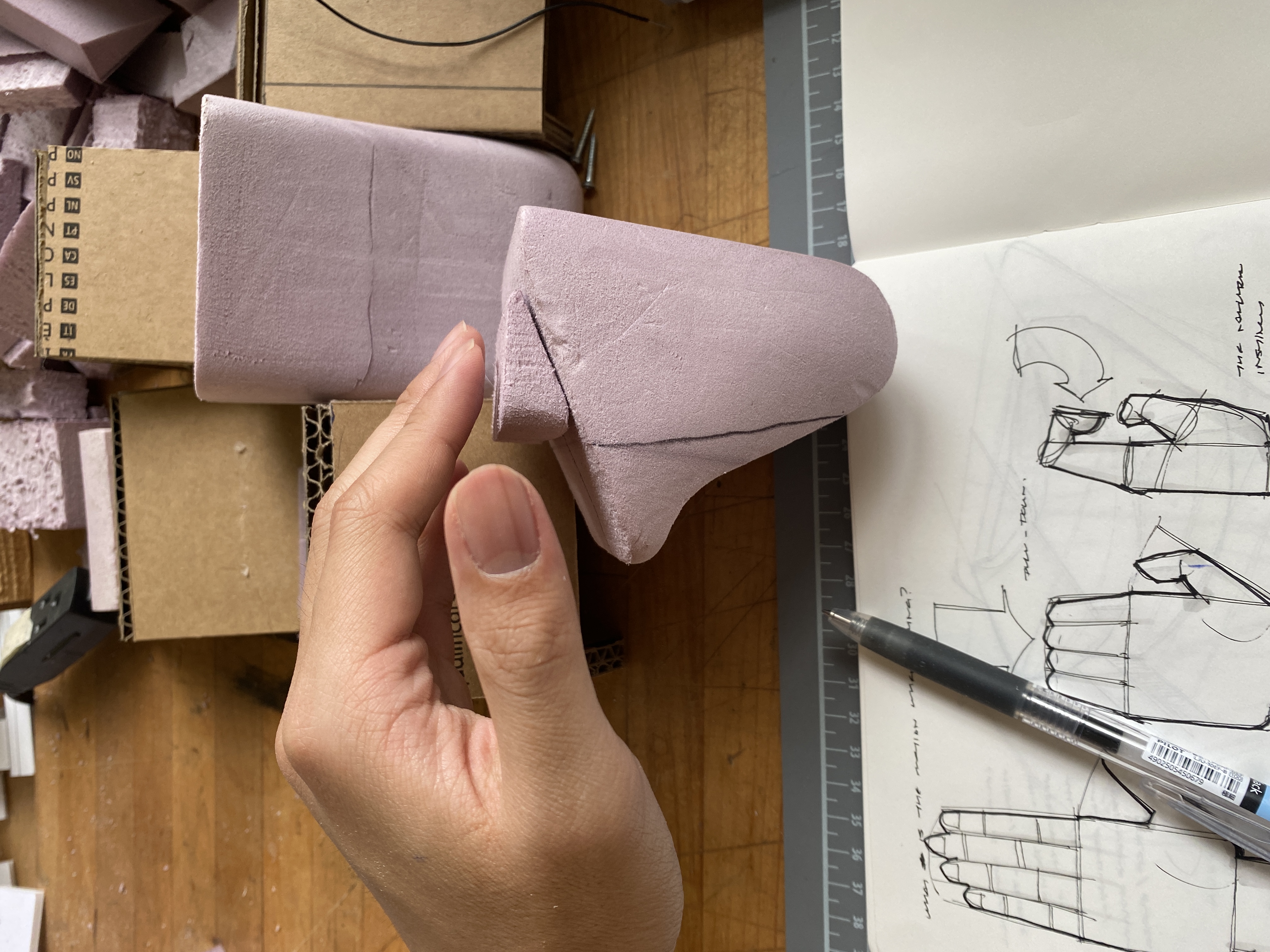


.png)
.png)
